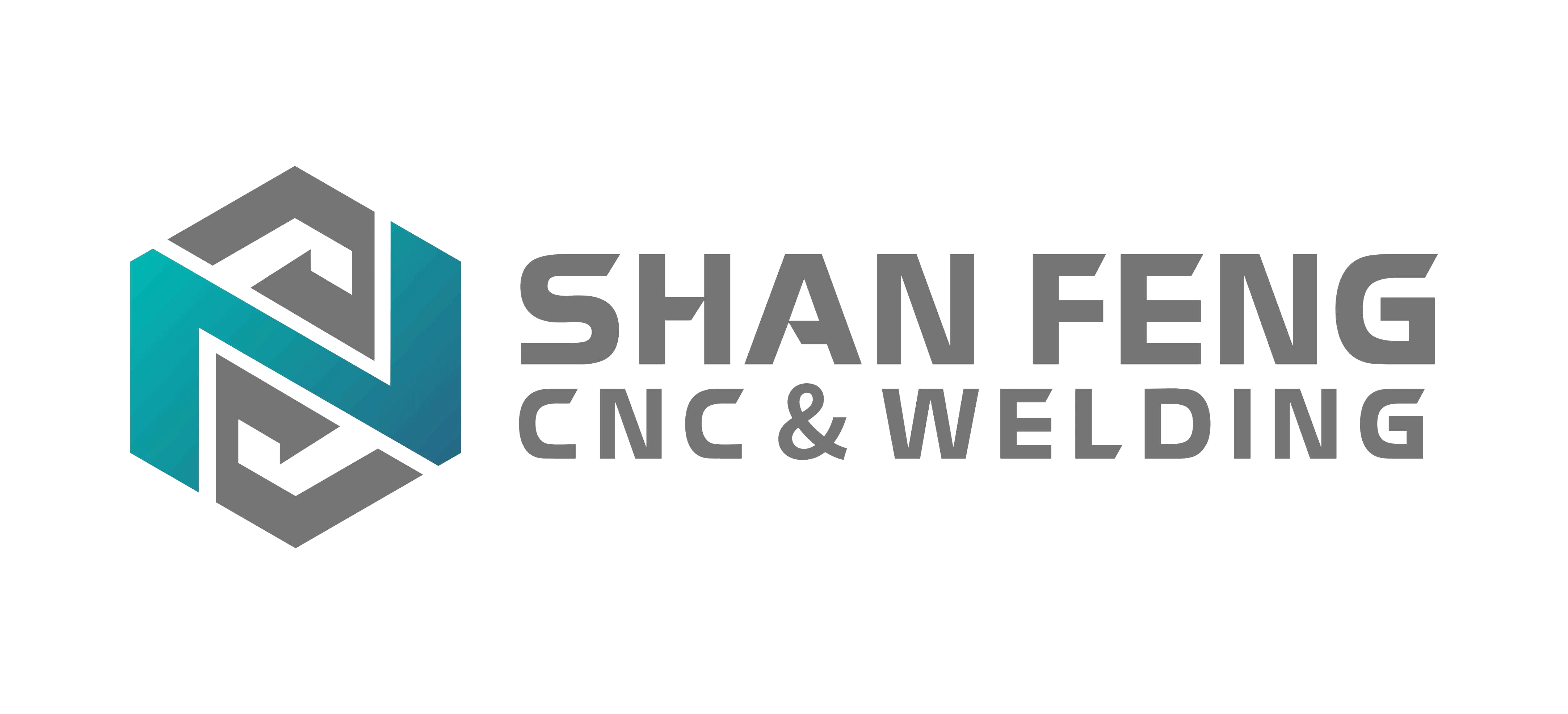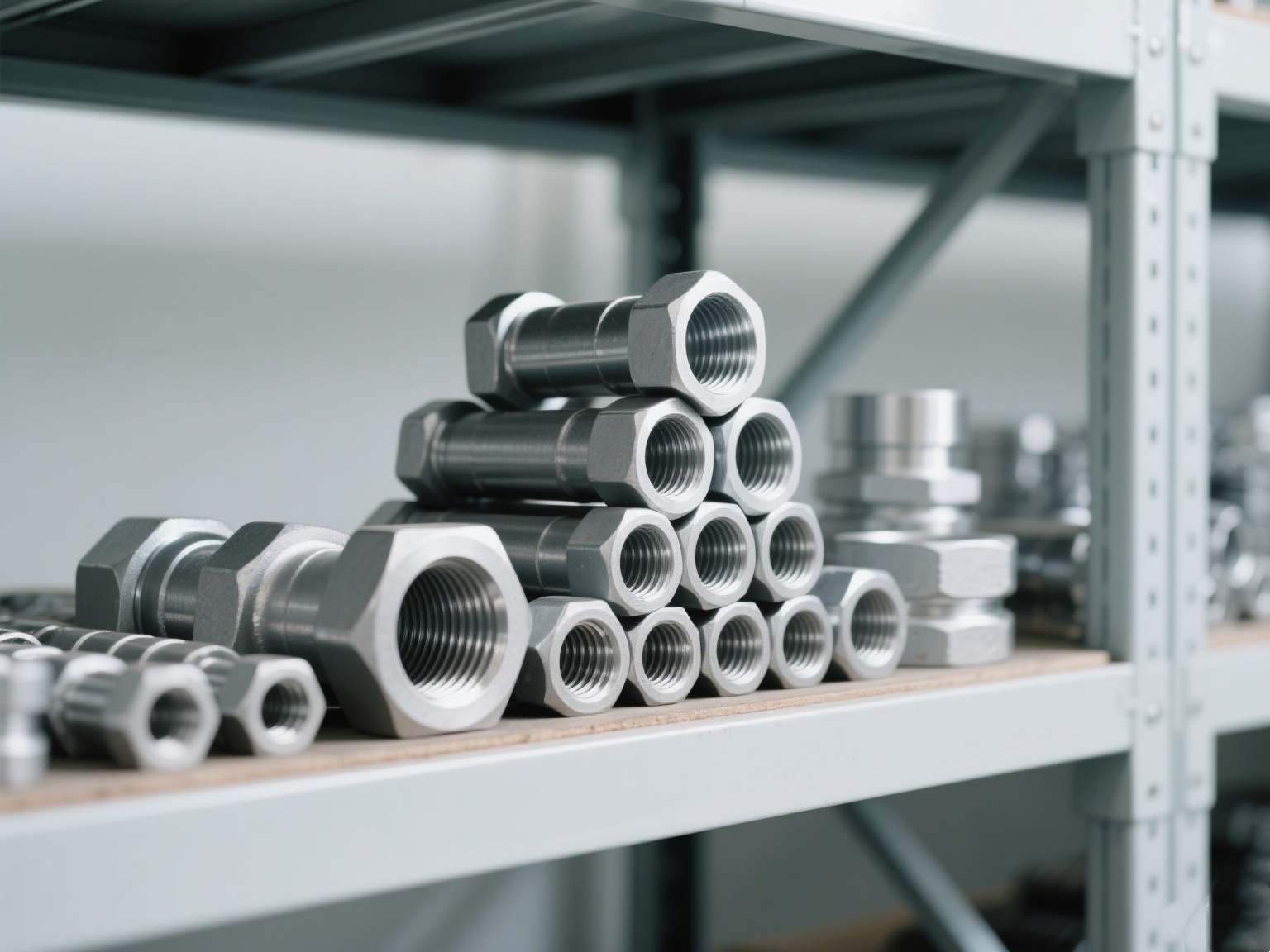
Forged Aluminum Parts
Forged Aluminum Parts
- Customized
- Forging & CNC
- Customized
- Informations
- Description
Forged Aluminum Parts
Forging: The Art and Science of Crafting High - Performance Metal Components
Forging is a time - tested and highly specialized manufacturing process that shapes metal by applying compressive forces, often at elevated temperatures. This method not only transforms the physical form of the metal but also significantly enhances its internal structure, resulting in components with superior strength, durability, and mechanical properties.
Diverse Forging Methods
Advantages of Forging
Superior Durability
Compared to other manufacturing processes such as casting or machining, forging produces parts with significantly enhanced durability.
Cost - Effectiveness for Large - Volume Production
While the initial setup costs for forging can be relatively high, it becomes highly cost - effective for large - volume production. Forging reduces material waste compared to machining, as the metal is shaped by compressing and deforming it rather than removing large amounts of material through cutting. This not only saves on raw material costs but also reduces the time and energy required for secondary machining operations.
Enhanced Material Properties
Forging refines the metal's grain structure, leading to improved mechanical properties across the board. In addition to increased strength and toughness, forged parts often exhibit better ductility, which is the ability of the material to deform without breaking.
In conclusion, forging is a highly sophisticated and reliable manufacturing process that has been instrumental in shaping the modern industrial landscape.
| Type | Forging & CNC | Entrance size | Customized |






